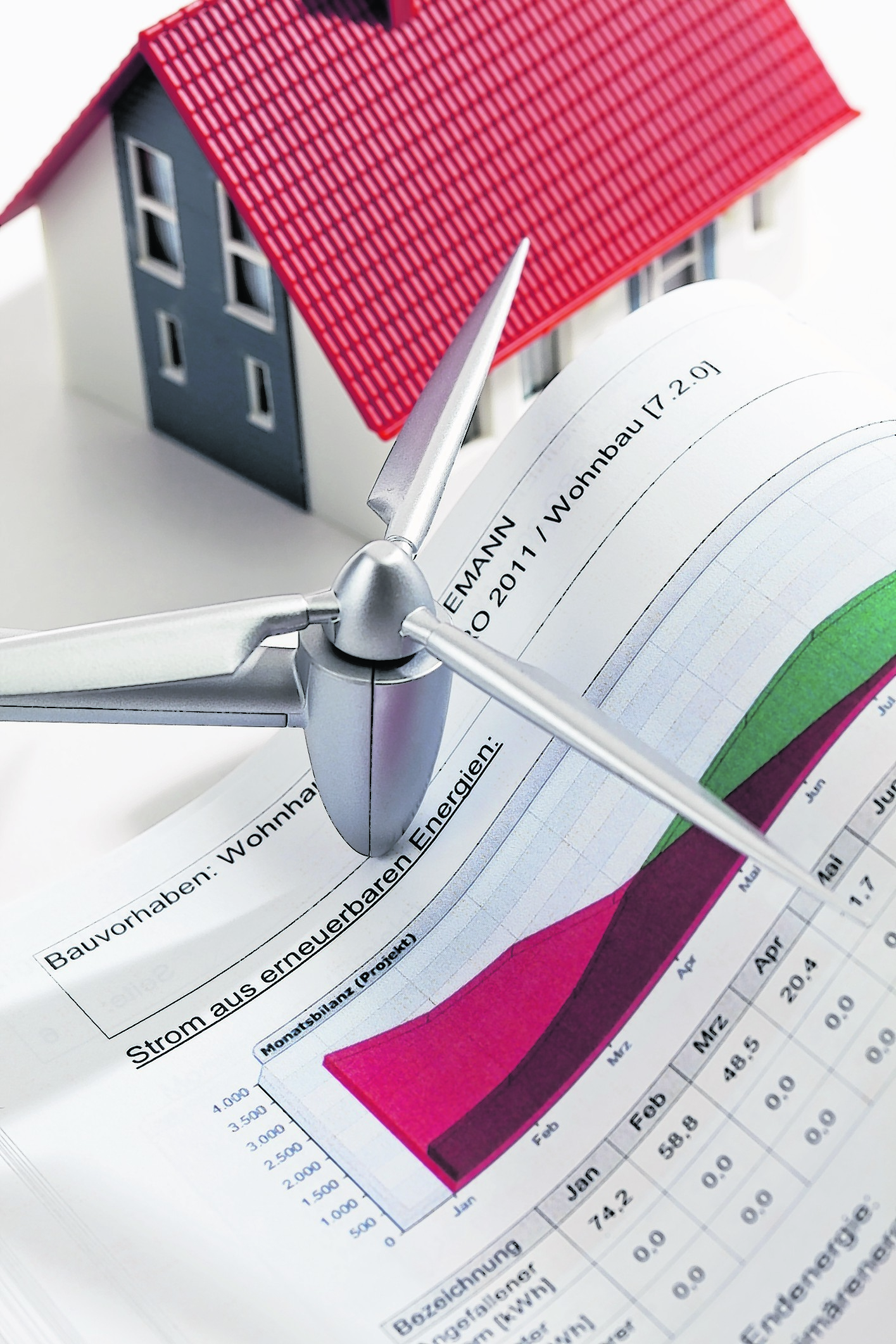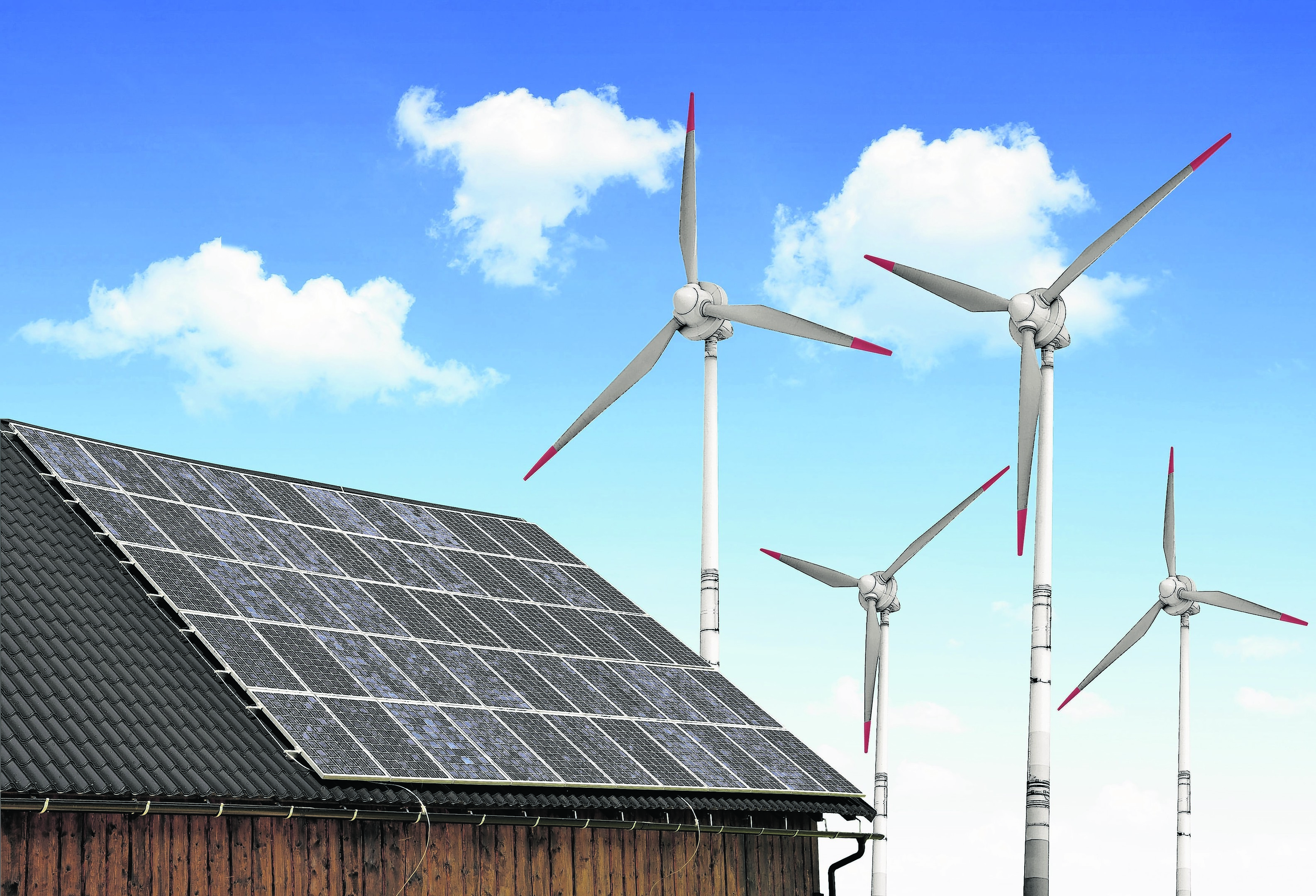Wind power could be the key to cutting your electricity bills and making your home greener and cleaner, but not all homes can harness it successfully.
1. The advantages of having a wind turbine are that any electricity generated by it is free, although you obviously have to pay for the turbine and installation, and your home’s CO2 emissions are reduced because wind power is eco-friendly and renewable. Your turbine should also earn you money through the Government’s Feed-in Tariffs scheme, visit www.energysavingtrust.org.uk. This pays you not only for the electricity you generate and use, but also for any you export to the national grid.
2. There are two types of domestic wind turbine: pole or mast-mounted ones, which are freestanding and typically around 5kW-6kW in power, and building or roof-mounted ones, which are usually around 1kW-2kW. Turbines either store the electricity they generate in batteries, so it can be used on days when there’s little or no wind, or are connected to the national grid.

3. Roof-mounted wind turbines are the cheapest option. The Energy Saving Trust says that a roof-mounted 1kW micro system costs up to £3,000, rising to £21,000-£30,000 for a 6kW pole-mounted system. A well-maintained turbine should last more than 20 years.
4. Your home’s location will determine how useful a wind turbine will be. The key things are the speed and direction of the wind and if there are obstructions, such as trees and buildings. Because of this, wind turbines aren’t suitable for many homes, but if you think yours might be, an anemometer (wind gauge) will measure how much wind it gets. Most turbines need a minimum wind speed before they can start generating electricity, so check with the manufacturer before investing in one. The ideal location for a wind turbine is a smooth-topped hill that’s exposed and free from obstructions and turbulence.
5. Planning permission may be required for a domestic wind turbine Check with your local council’s planning department. If your home’s leasehold, you may also need the permission of the freeholder, especially if you want to put the turbine on the roof, as the roof of the building is usually owned by the freeholder.










